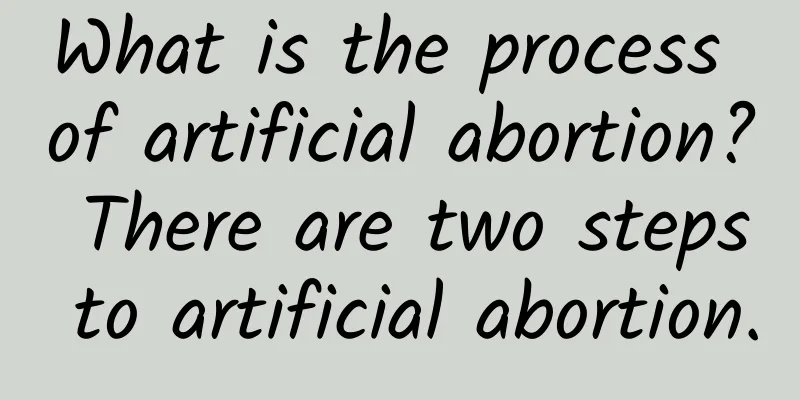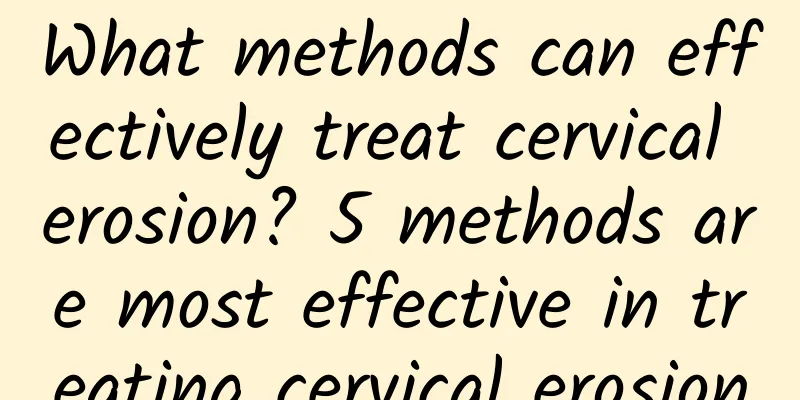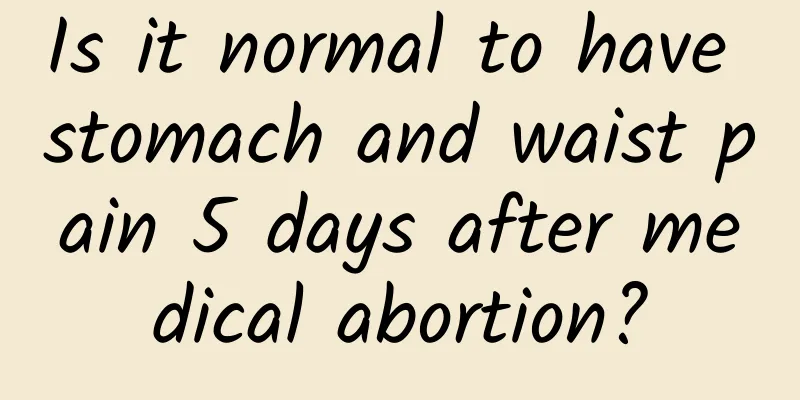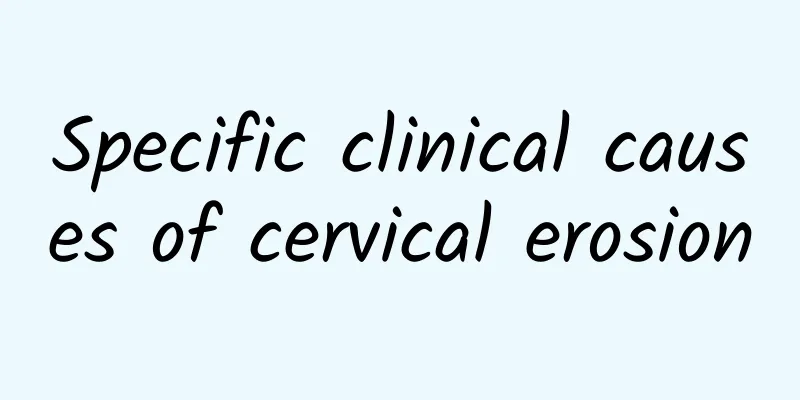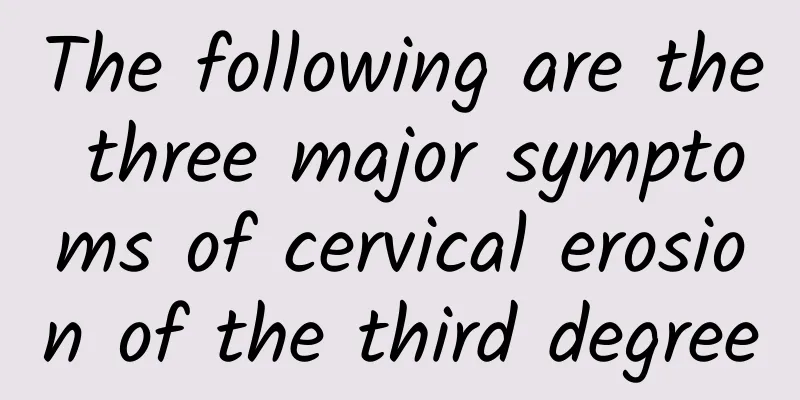How to treat infertility after abortion? It is recommended to treat infertility caused by abortion
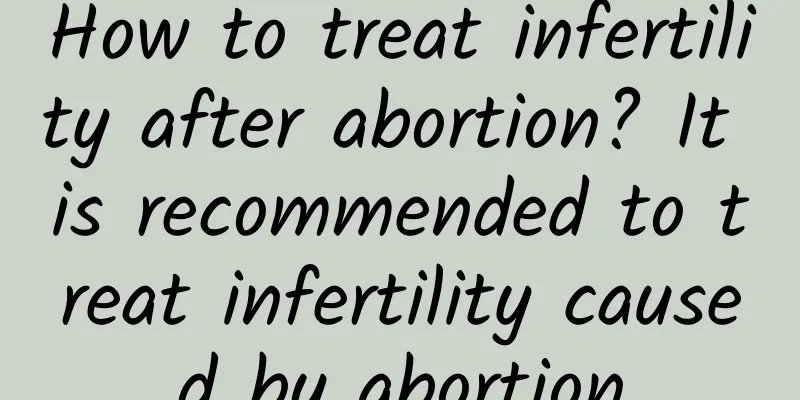
|
Ms. Chen, 34 years old, had not gotten pregnant for 5 years after abortion. External treatment was ineffective. After hysteroscopy, it was found that there was endometrial adhesion at the opening of the right fallopian tube, covering the opening of the fallopian tube. After separation of adhesions, the opening of the fallopian tube was clearly shown. The right fallopian tube was cannulated and fluid-permeated. It was initially blocked, but it was unblocked after pressure injection. The left fallopian tube was cannulated and fluid-permeated. It was initially unblocked but not smooth, but it became unblocked after pressure injection. After the operation, the IUD was placed and artificial cycle therapy was performed for 3 months to prevent adhesions in the uterine cavity again. She became pregnant 3 months after the IUD was removed. Infertility after artificial abortion accounts for a certain proportion of infertility, and there is a trend of increase. There are two main causes of infertility after artificial abortion (blockage, poor patency), and the other is intrauterine adhesion. According to the author's recent statistics, abnormal patency of fallopian tubes accounts for 56.82% of infertility after artificial abortion, and intrauterine adhesion accounts for 60.71%, which is a very high proportion. As for other causes such as endometriosis and corpus luteum insufficiency after artificial abortion, the incidence is relatively lower than the first two. The first two are also the focus of treatment. The following methods can be used in combination to treat fallopian tube patency: intramuscular injection of chymotrypsin; Chinese medicine can be used for blood circulation, stasis and stagnation, heat-clearing and detoxifying drugs, oral administration, enema, and abdominal external application. Tubal ventilation, fluid perfusion, and physical therapy can also be performed to achieve better results. In recent years, a few hospitals in China have used hysteroscopic catheterization and fluid perfusion to treat abnormal fallopian tube patency, and have achieved satisfactory results. The specific method is to insert a thin plastic tube into the fallopian tubes on both sides under direct vision of the hysteroscope, and inject gentamicin, dexamethasone, saline or procaine through each plastic tube. The drug has anti-inflammatory and adhesion-releasing effects, and the pressure during the injection of the drug can clear the blocked fallopian tube. Because the fallopian tube is directly injected and pressurized, the effect is significant, and the fallopian tubes of some patients can be cleared. Treatment of intrauterine adhesions usually involves separating adhesions with a probe or a small curette. This method is performed without direct vision and is extremely blind, so the adhesion separation is not thorough and is prone to damage to the surrounding normal endometrium and myometrium tissue. Currently, the preferred method is to perform adhesion separation under direct hysteroscopy. Since adhesions are clearly visible, not only can the scope of adhesions be seen, but also the nature of adhesions can be identified, so the separation is thorough and does not damage the surrounding normal tissues. In this case, Ms. Chen had adhesions at the opening of the right fallopian tube, which were precisely separated under direct hysteroscopy to reveal the opening of the fallopian tube, and the blocked fallopian tube was cleared through intubation and fluid perfusion. This treatment effect cannot be achieved using general methods of separating adhesions. It can be seen that hysteroscopy has a dual role in diagnosis and treatment of abnormal fallopian tube patency and uterine adhesions, and is an effective method for diagnosing and treating infertility after abortion. This operation is safe and painless. The operation is performed about 3 days after the menstruation is over. |
<<: What are the dangers of abortion for women? The four major dangers of abortion women should know
>>: How to treat severe cervicitis? What causes severe cervicitis?
Recommend
Where can I buy abortion pills and how much does an abortion cost?
Many women do not want to have an unwanted pregna...
Common symptoms of adnexitis
http://www..com.cn/fuke/fuke/fjy/ Adnexitis is on...
Recognize the characteristics of cervical cysts
Many female friends want to know the characterist...
What are the causes of dysmenorrhea?
Dysmenorrhea causes great physical harm and pain ...
Polycystic ovary can cause hypothalamic amenorrhea
Hypothalamic-ovarian axis dysfunction is a comple...
Do shoulder blade stretching exercises to relieve back and shoulder pain
Shoulder pain, back pain Once the hip joint or pe...
Which department should I go to for cervical warts
In daily life, cervical warts are one of the comm...
How to treat uterine fibroids? What should be paid attention to in the treatment of uterine fibroids?
Infertility caused by uterine fibroids is not an ...
Doctors do not recommend taking a shower directly after an abortion. There are two things you should pay attention to when taking a shower after an abortion.
You cannot take a shower immediately after an abo...
What are the symptoms of ectopic pregnancy?
Ectopic ovarian pregnancy is a serious gynecologi...
Drinking tea is also effective in losing weight and burning fat! Black tea vs. green tea, guess who is the fat burning king!
Exercise is the best way to lose weight, but mode...
A series of explosions of clenbuterol! Zhu Lilun: The source should be traced
Following the controversy over the possibility th...
What medicine is used for pelvic peritonitis
What are the anti-inflammatory drugs for the trea...
How to prevent cervical hypertrophy?
How can we prevent cervical hypertrophy? In fact,...
The clinical etiology of pelvic inflammatory disease is inseparable from postoperative infection
It is very important to firmly grasp the cause of...
